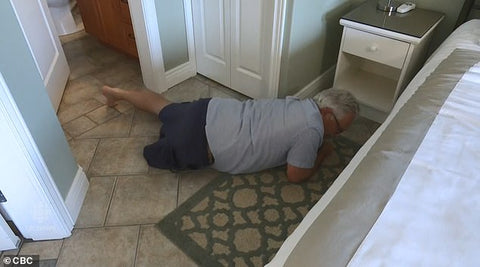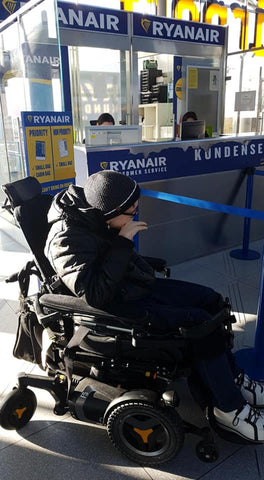CDC: Disability Impacts all of us
Description
Title: Disability Impacts all of us
- Communities
- Health
- Access
61 million adults in the United States live with a disability
- 26 percent (one in 4) of adults in the United States have some type of disability. Graphic of the United States.
- The percentage of people living with disabilities is highest in the South.
Percentage of adults with functional disability types:
- 13.7 percent of people with a disability have a mobility disability with serious difficulty walking or climbing stairs.
- 10.8 percent of people with a disability have a cognition disability with serious difficulty concentrating, remembering or making decisions.
- 6.8 percent of people with a disability have an independent living disability with difficulty doing errands alone.
- 5.9 percent of people with a disability are deaf or have serious difficulty hearing
- 4.6 percent of people with a disability have a vision disability with blindness or serious difficulty seeing even when wearing glasses.
- 3.6 percent of people with a disability have a self-care disability with difficulty dressing or bathing.
Disability and communities.
Disability is especially common in these groups, older adults, women and minorites.
- 2 in 5 adults age 65 years and older have a disability
- 1 in 4 women have a disability.
- 2 in 5 non-Hispanic American Indians/ Alaska Natives have a disability.
Disability and health.
Adults living with disabilities are more likely to be obese, smoke, have heart disease and diabetes:
- 38.2 percent of adults with a disability are obese while 26.2 percent of adults without a disability are obese.
- 28.2 percent of adults with a disability smoke while 13.4 percent of adults without a disability smoke.
- 11.5 percent of adults with a disability have heart disease while 3.8 percent of adults without a disability have heart disease.
- 16.3 percent of adults with a disability have diabetes while 7.2 percent of adults with a disability have diabetes.
Disability and Health Care Access
Health care access barriers for working-age adults include
- 1 in 3 adults with disabilities 18 to 44 years do not have a usual health care provider
- 1 in 3 adults with disabilities 18 to 44 years have an unmet health care need because of cost in the past year
- 1 in 4 adults with disabilities 45 to 64 years did not have a routine check-up in the past year
Making a difference.
Public health is for all of us.
Join CDC and its partners as we work together to improve the health of people living with disabilities.
CDC and its partners work together to improve the lives of people with disabilities by:
- Promoting healthy living,
- Monitoring public health data
- Researching and reducing health disparities
- Building inclusive health program
- Improving access to health care.
Brought to you by the National Center on Birth Defects and Developmental Disabilities. Centers for Disease Control and Prevention
View infographic and references at: www.cdc.gov/disabilities/
Contact us: disabilityandhealthbranch@cdc.gov
References
- Okoro CA, Hollis ND, Cyrus AC, Griffin-Blake S. Prevalence of Disabilities and Health Care Access by Disability Status and Type Among Adults — United States, 2016. MMWR Morb Mortal Wkly Rep 2018;67:882–887. DOI: http://dx.doi.org/10.15585/mmwr.mm6732a3external icon.
- Centers for Disease Control and Prevention. Disability and Health Data System (DHDS) [Internet]. [updated 2018 May 24; cited 2018 August 27]. Available from: http://dhds.cdc.gov






